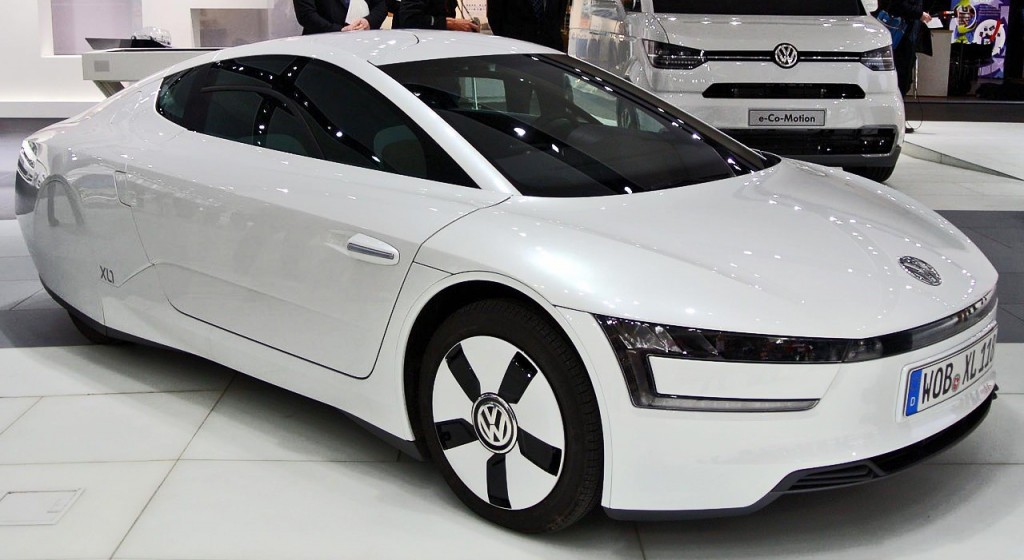
Most people are familiar with the term ‘supercar’, referring to a highly charged sports car that is ‘superior’ to most others on the road.
But you might not yet have heard of ‘Hypercars’, which surely sound like the same thing?
In truth, the two terms have very specific and very different meanings, so any petrolhead worth their salt should be sure to know the difference.
What is a supercar?
A supercar is, in general terms, a superior car – one with a higher top speed, more rapid acceleration, better handling, and so on.
Think fuel-guzzling, carbon-fibre, neon-coloured daemons born out of the swirling dust of an aerodynamic wind tunnel, and you’re on the right lines.
Not known for their eco-friendliness, they are more likely to use an electric motor as a turbo boost on top of the petrol engine than as a replacement for it.
This typically gives them wallet-spasming fuel consumption figures, and you probably wouldn’t bat an eyelid at single-figure miles to the gallon.
What is a Hypercar?
Despite the similar-sounding name, a Hypercar is almost the polar opposite of a supercar.
Perhaps the main similarity is the lightweight construction, and many of the bodywork materials used in a Hypercar are straight from the supercar shop – carbon fibre is to be found here in abundance.
But unlike in a supercar, the lightweight construction of a Hypercar is not purely about top speed or ice-danceresque handling.
Instead, Hypercars are built for efficiency, with minimal carbon emissions and the best possible fuel economy.
Think of that typical supercar fuel efficiency from a moment ago, and times it by ten. Now do it again, and you’re probably in the region of the three-figure, 300+ miles to the gallon expected of a Hypercar.
Are they real?
It’s taken 20 years for Hypercars to actually hit the market, from the first founding days of the Rocky Mountain Institute Hypercar Center back in 1994.
But they are finally becoming a drivable, ownable reality, with the Volkswagen XL1 among the most striking.
This teardrop-shaped vehicle literally looks like a speeding bullet, with an improbably smooth exterior to maximise efficiency and minimise air resistance.
It delivers fuel efficiency of 0.9 litres per 100km – or, to put it another way, a bank-manager-pleasing 313 miles per gallon, 75 miles for each £1 spent on diesel fuel and electricity.
Just don’t tell the bank manager about the £100,000 price tag we’ve seen widely reported for the XL1, with a non-refundable €20,000 deposit to pay upfront.
Like us on Facebook and follow us on Twitter and Google + for all the latest news, offers and events.